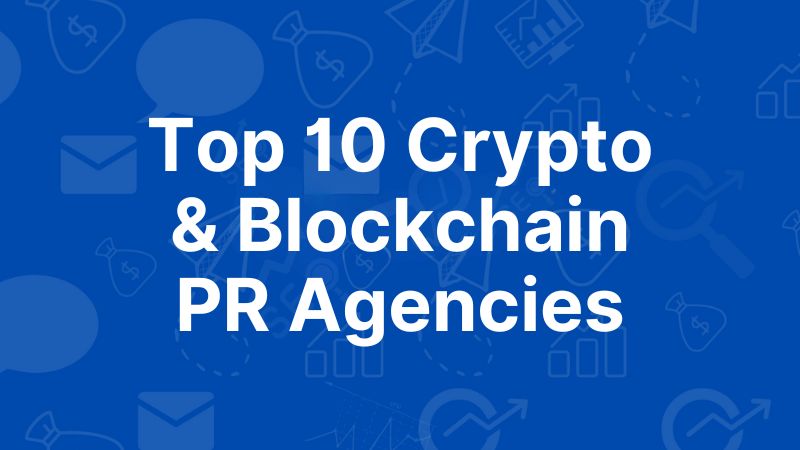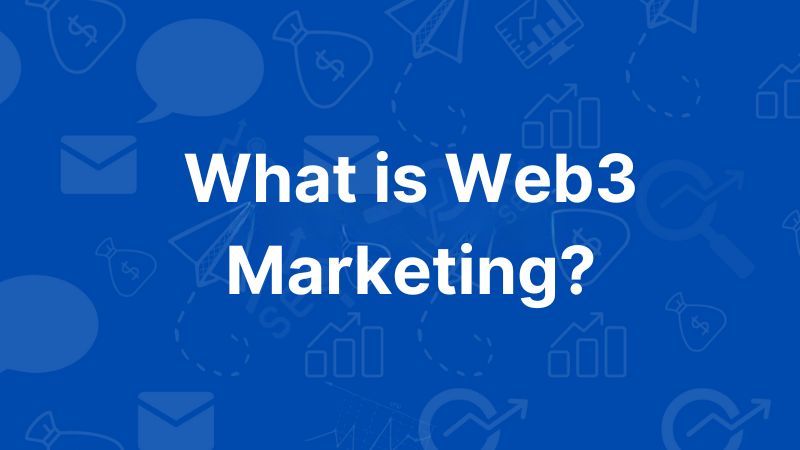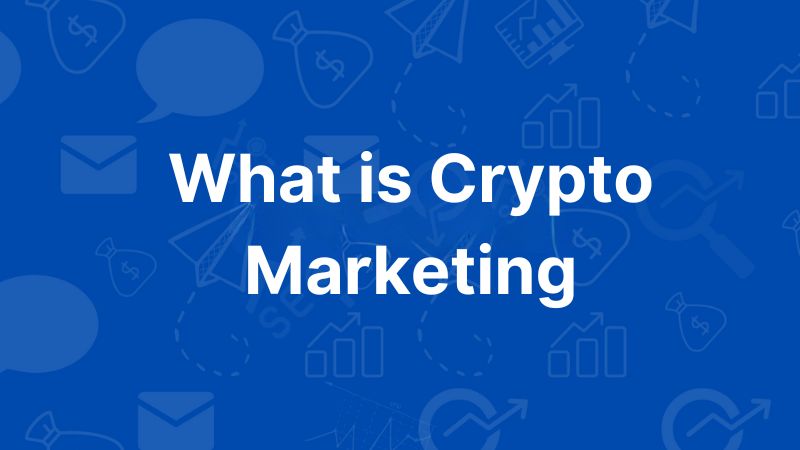Starting an ecommerce business can be tough. You need to figure out a lot of things, from coming up with the business name to finding the products to sell, creating marketing campaigns, and so much. It can be quite taxing and very overwhelming. But what if you could just buy a store that has already proven to be successful? This is the concept of Shopify’s Exchange Marketplace. In this article, we will explore how to buy and sell Shopify Stores on the Exchange Marketplace.
What is Shopify Exchange?
Exchange is a marketplace for buying and selling e-commerce businesses built by Shopify merchants. It pulls information like traffic and revenue data directly from Shopify. Sellers can’t edit their store data, so interested buyers can feel secure knowing that what they see is what they get. Stores listed on Exchange range from ready-to-go starter stores to successful e-commerce businesses. The prices also vary, with starter stores costing as little as $50 while established six-figure e-commerce businesses can sell for over $1 million.
This platform has a catalog of thousands of ready-made online businesses that span across a wide range of niches. Whether you are looking to buy a Shopify store or browsing through drop-shipping businesses on sale, Exchange is the place to be.
How does Shopify Exchange Work?
Every listing on Exchange features reliable insights that you can use to check how much traffic the business has generated and how much sales the business has made so far. Exchange only lists store data from whitelisted sources that can verify prior to publishing each listing to be assured that the data is correct. Another great thing about Exchange is that it’s live, in that all stores listed for sale on the platform will still be active.
Searching for Listings on Shopify Exchange
So you’ve decided that you want to explore the Shopify Exchange Marketplace. Whether you are looking for a starter store, you are looking to try your hand with a drop-shipping store, an established business, or a print-on-demand store, the Exchange Marketplace makes it simple to browse through its various listings. The first thing you’ll need to do is head on over to the Exchange homepage. Once you do that, there are four ways you go about finding a Shopify Store on the Exchange Marketplace.
A. New Listings
When you click on the New Listings tab at the top of the page, it will direct you to a page that displays the 24 Shopify stores that were most recently listed on the Exchange marketplace. You can use this method to browse through the latest Shopify stores for sale on Exchange.
B. Categories
You can use the Categories tab if you’re looking for a specific group of businesses. For example, if you are looking for drop-shipping stores for sale, there’ll be a category like that, and you can click on, and it will direct you to the Exchange’s dedicated drop-shipping category.
The stores for sale are also grouped in location, industry, types, sales channel, and business attributes, so you can find exactly what you are looking for.
C. Search Function
There is also a search function that you can use to search for specific keywords. This is great, especially if you are not sure what exactly what you are looking for. All you need to is key in the term and wait for the search results.
D. Sorting Parameters
The last method is through sorting parameters. These will help you narrow down your search based on price, age, business type, and many more. It’s a great feature that helps you narrow down the results to help you find e-commerce businesses for sale that match what you are looking for.
How to Buy A Shopify Store On The Exchange Marketplace
Starter e-commerce stores are already built and ready for marketing but have done less than $100 in sales. The stores often sell for much less and should be evaluated based on the potential you see and whether you believe that you can unlock it through marketing. Here’s what you need to know about buying a Shopify store on Exchange:
a) Find the Right Store
You can browse by industry, business attribute, sales channel, business type, or Shopify’s curated listings. You can also sort your search by business revenue, health, price, and most recently listed. Stores with better business health and revenue tend to cost more. You should analyze the entire purchase, but if a store has been listed for sale for a long time compared to others, you might want to reconsider that investment or use it as an opportunity to negotiate.
b)Contact the Seller
No transaction can happen without a second party. You’ll want to contact the seller for both additional information and, at some point to make an offer. Without a response from the seller, you won’t be able to make an offer to buy the store within Shopify Exchange. In your initial message, ask for additional information. Some of the questions that you can include in your message are:
- What is the business model?
- What is the ROI of your marketing and advertising spend?
- How do you fulfill orders?
- Can I confirm the tracking numbers?
c) Do Your Due Diligence
Each listing has a description of what you get with the store, along with traffic and revenue throughout the past year and an asking price, which you can negotiate with the seller by sending them a message through the contact form. A lot of sellers will also list their reasons for selling the store. Listing show you what the seller is willing to give you for the asking price, which includes:
- Logo and branding assets
- Social media accounts
- Personal support after-sale
- Physical inventory
- Supplier lists
- Email list
- Domain Name
- Product photos as well as all you can negotiate with the seller to include in the final agreement
Sellers as well as buyers can communicate directly through Exchange using an anonymous email to discuss additional information about the store or the sale.
It is important to keep in mind that some sellers stop actively marketing their stores when they put them up for sale, so you might notice a drop in traffic and revenue. Do check with the seller.
Exchange cannot verify profit margins; hence ensure that you:
Verify and understand all traffic sources: Ensure you know exactly where traffic is coming from and if it’s a source that you can duplicate after purchasing the store.
Confirm financial information: Ensure that you know exactly what the seller was spending to generate the results they were/are getting. This also includes monthly revenue and expenses (inventory value and marketing) of the store.
Vet their social media accounts: Check on their social media pages and make sure that their followers are real. Look at the engagement rate to be sure. Are the comments human-like or bot-like? It’s important to take note of this.
Know exactly what’s included in the sale: Whatever’s necessary to run the store, make sure it’s part of the deal. Go ahead and get all of the related inventory, social media, email list .. whatever that’s needed if possible.
Understand why they’re selling the site
See it for yourself: You can use screen-sharing or obtain “view only” account access for necessary verifications (traffic, sales, ad spend, etc.) with the seller. Once you have assessed the store, you can decide to make an offer on it that the seller can then reply to. When you’ve come to an agreement, it will be time to pay the seller through a transaction the seller will initiate after the offer is accepted.
d) Initiate The Transaction
Exchange has partnered with Escrow to ensure that transactions are safe and trustworthy. Escrow is a method of payment where the money is protected by a third party till both the buyer and store owner agree that the conditions of the deal have been met.
In order to start an Escrow transaction, the seller needs to come up with the term for sale and how long they will give the buyer to inspect the shop after the exchange. The seller initiates the Escrow process.
The buyer will then pay Escrow the agreed price, and Escrow will act as the intermediary that holds onto the buyer’s money till both the seller and buyer tell Escrow that they are 100% satisfied with the transaction and everything has been transferred over to the buyer. The money will then be given to the seller.
e) Transfer of Ownership
Transfer process usually takes three business days and during which Exchange prepares the store to make you the new owner. For ease of transfer, both the buyer and seller can make a checklist of all the items included in the deal, such as what assets and accounts need to be transferred, and you can go through them one by one.
How To Sell A Shopify Store On The Exchange Marketplace
Here’s everything you need to know if you want to sell a Shopify store on Exchange:
You’ll need to look for the “Sell your business” button. Once you click on it, it will direct you to a page where you can begin key in information on your business. You will key in your store address into the field, and you’ll be prompted to install the Exchange Marketplace app into your store.
The next thing you’ll do is click the “Start Now” button, and it will direct you to a page where you can create a listing for your store on the Exchange Marketplace.
You’ll write a description of your business and provide some general feedback about the store. It’s recommended to include some screenshots that show your store’s performance, social media details, and a brief description of yourself when creating the listing. This will help you build trust with buyers and help them decide to buy your Shopify Store.
Once you’ve included all the details of your store to the listing page, head back to the top and click on the “Get valuation” button – this will help you understand how similar stores are priced on the Exchange Marketplace.
Once you’re happy with your listing, head down to the bottom of the page and select “Save and preview.” Go through your potential listing once more, and if it’s alright, click the “Publish” button.
Your store will now be available on Exchange for sale.



